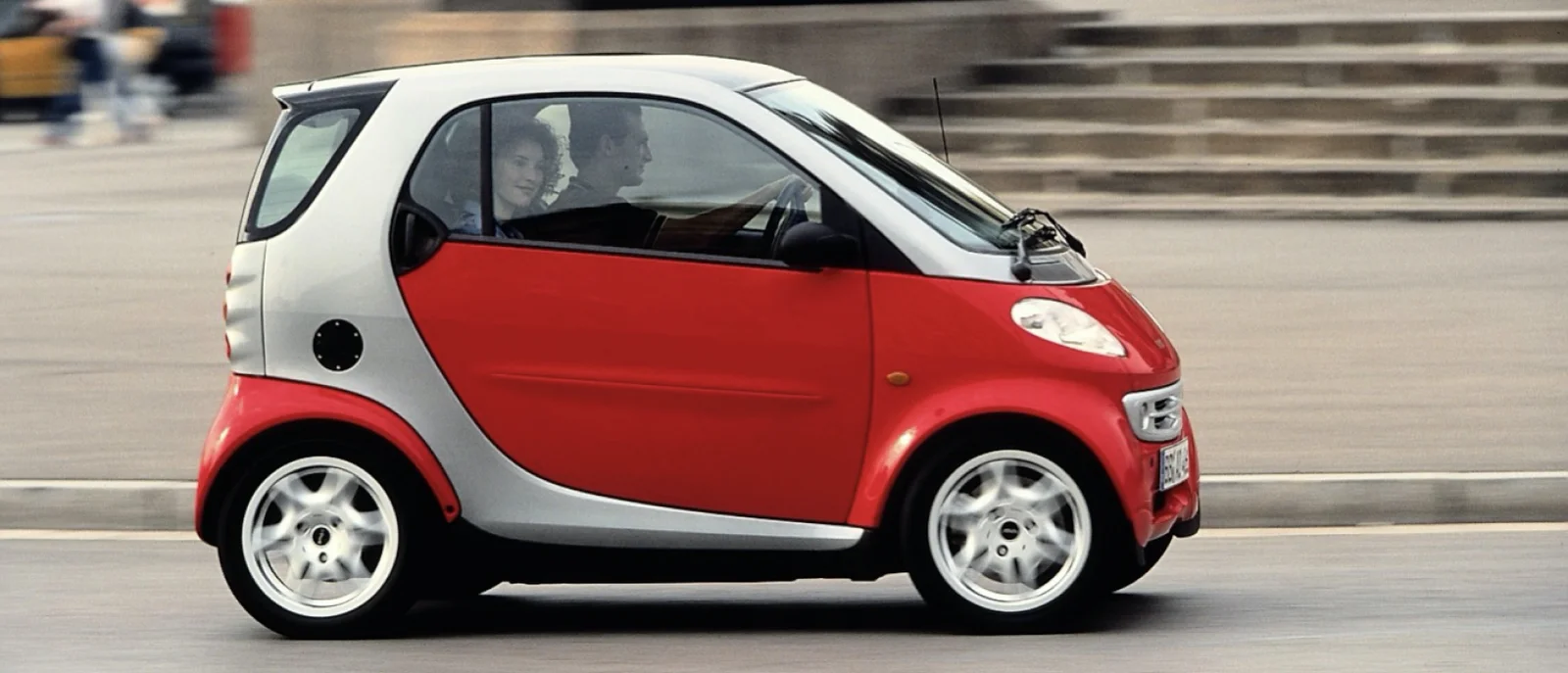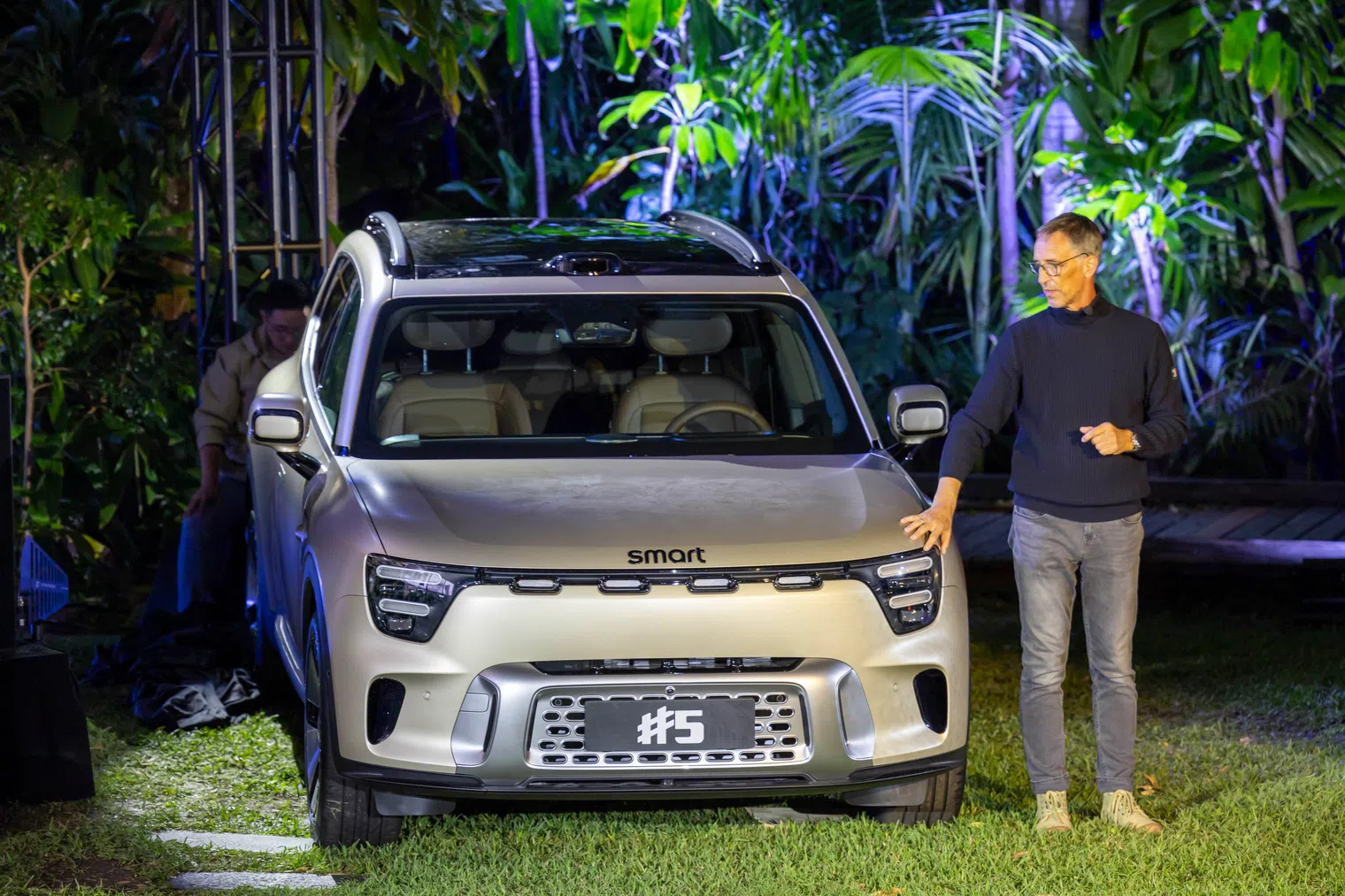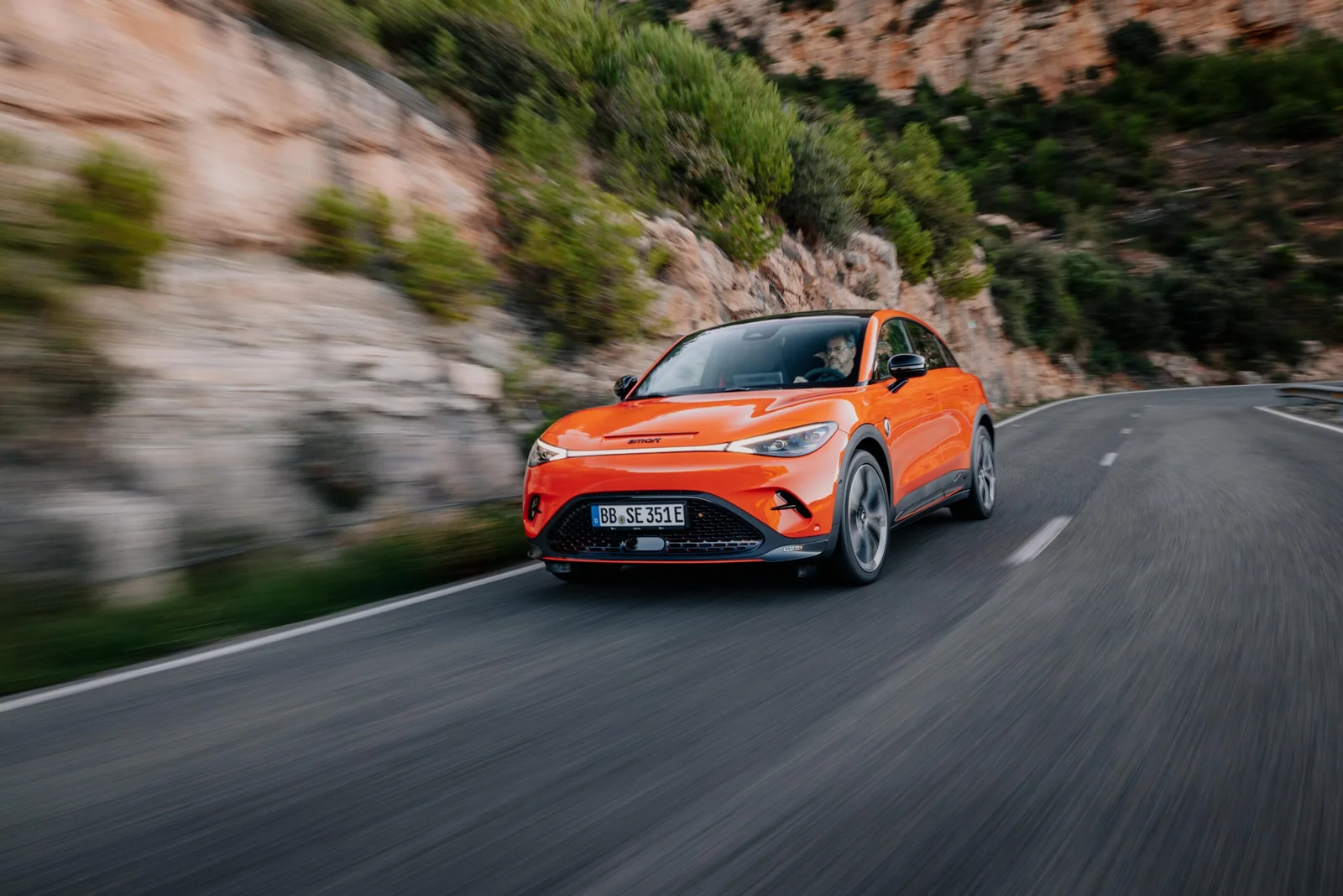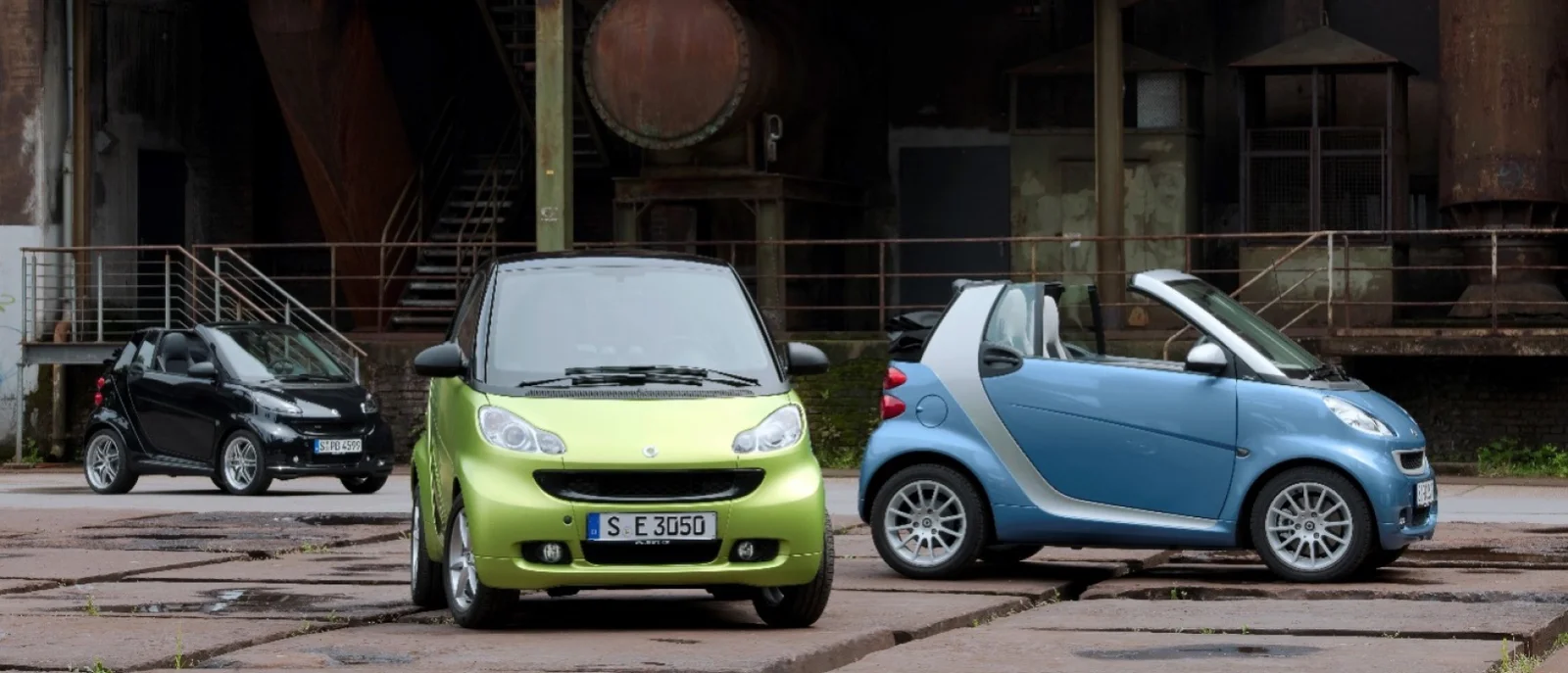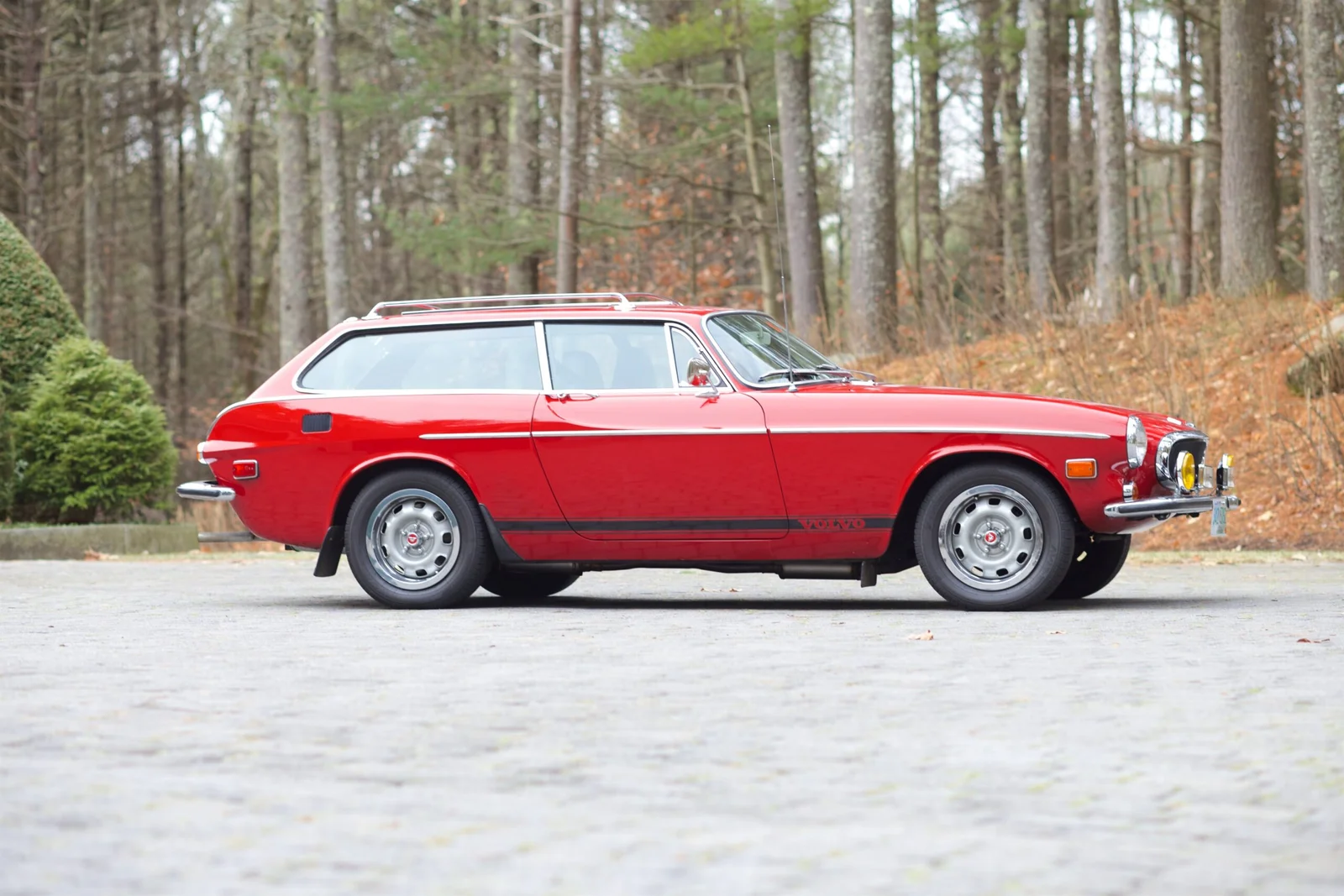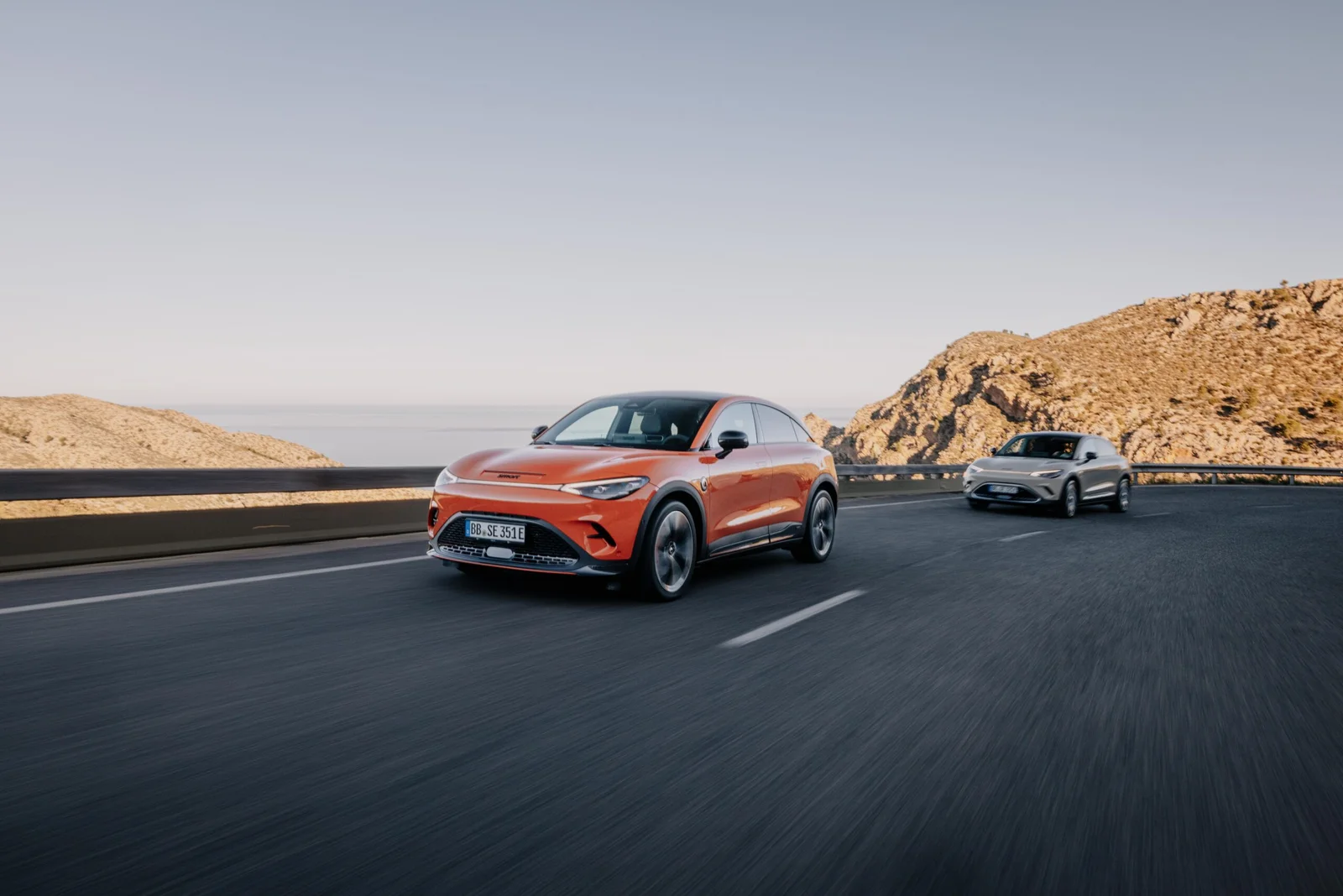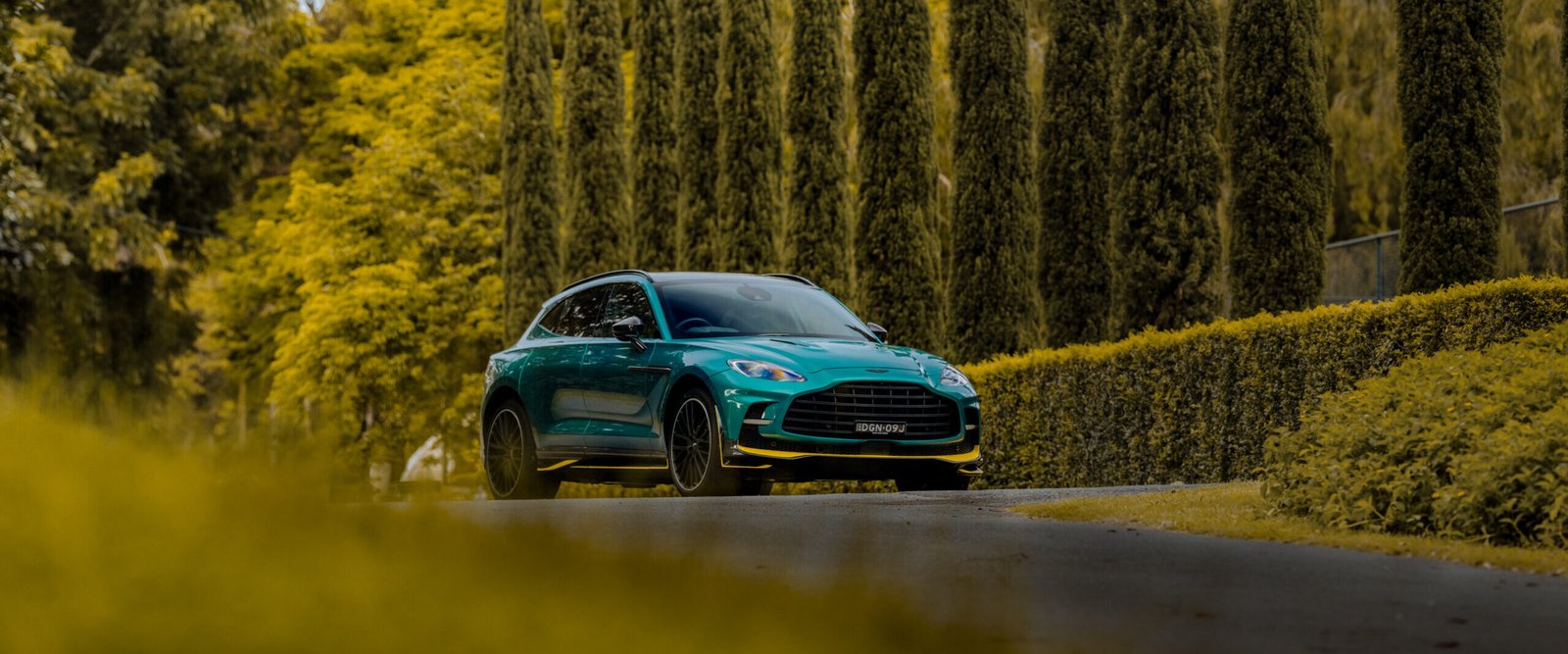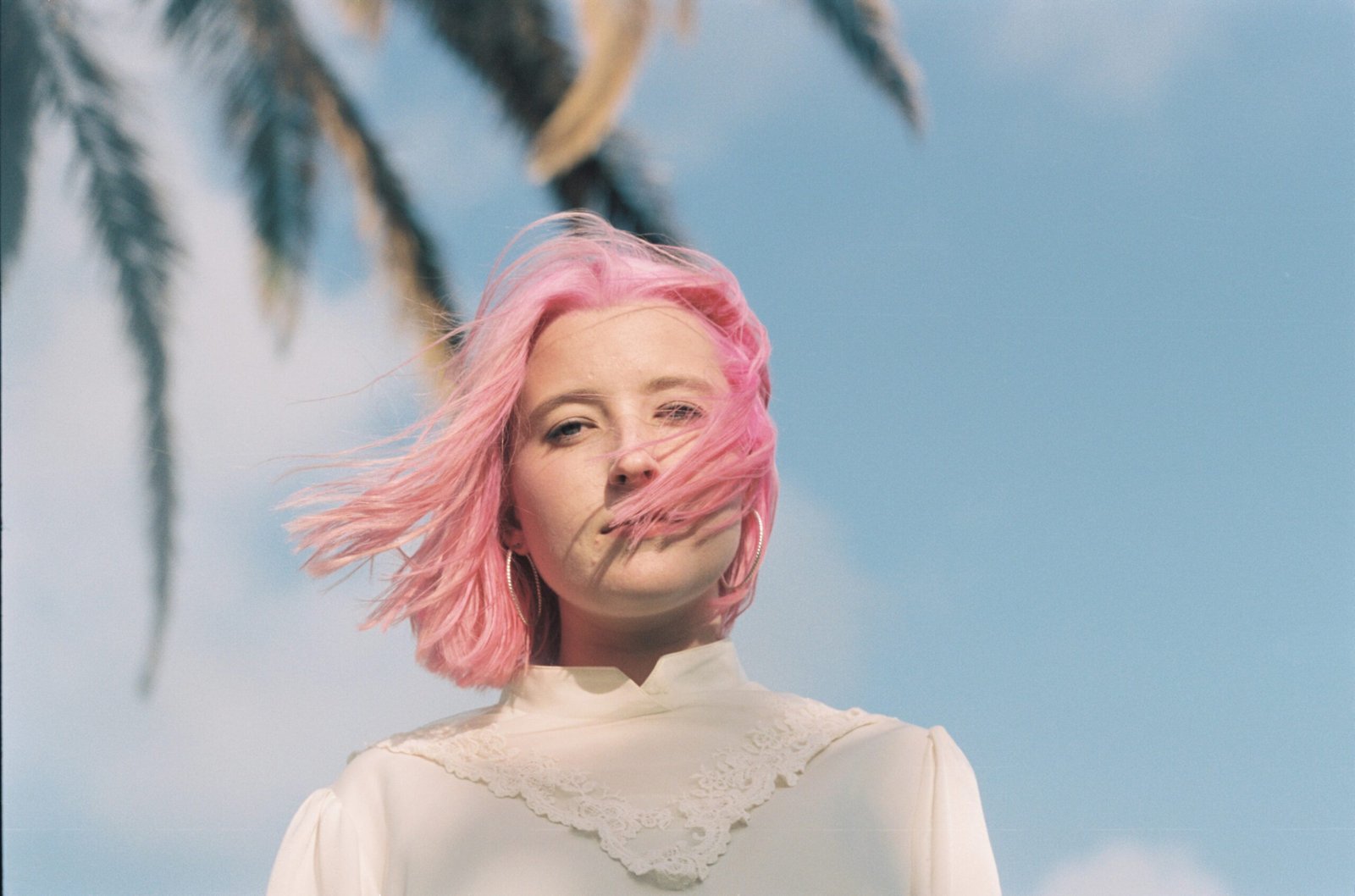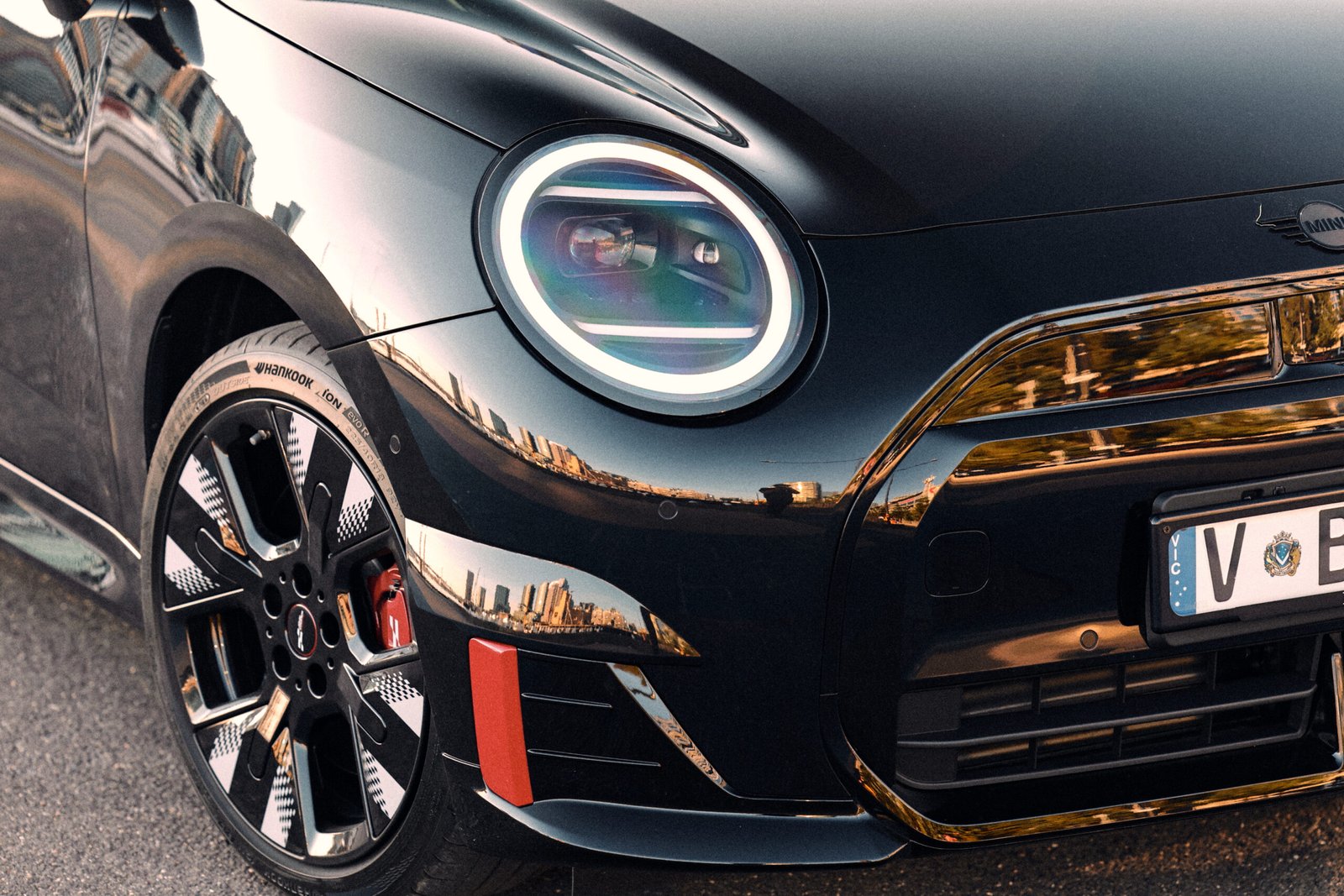TM: What are the core philosophies, or principles, that guide your design process – if you had to sum them up?
KS: Well, let’s start very early with my inspiration. I’d say, as a designer, you’re always in service and you’re always collecting inspiration. My inspiration, though, is ‘all’ – it’s nature. I remember when I was a student, for my final work, I found a shark egg at the beach and that inspired and fascinated me because it had a funny form. I took it home and that became my inspiration. I’m always sketching, painting, and I like drawing animal forms.
Sometimes I do draw inspiration from classic cars, but you have to be quite careful that you’re not always being inspired by cars. Top management wants to send us to car shows, but no. I want to see art exhibitions. I want to look at architecture. I want to go to the museum. Otherwise it’s an inspirational ‘incsest’.
But also, remember, design is not a solo job – it’s a team sport. So a lot of creativity comes from bringing people together and openly sharing ideas. What’s very special with Smart, in particular with this project, is I have been very involved with our Chinese team too.
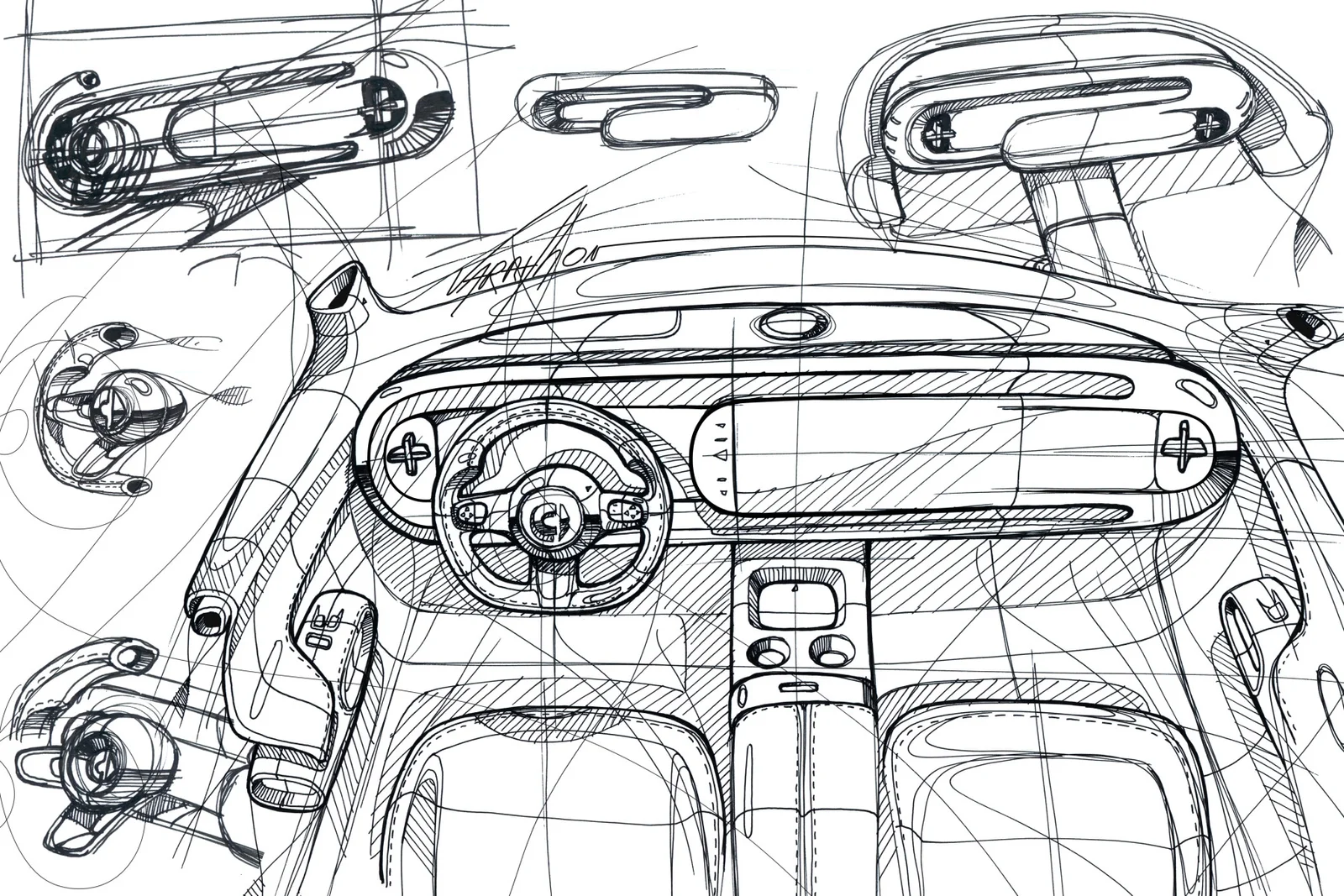
TM: The design themes of the new models are ‘love, pure, unexpected’. Talk to us about how you started the design process and at what point you conjured up those themes?
KS: So with love, pure, unexpected, to work out these posts we need to look at images, discuss things, find out where Smart comes from and where it needs to go. If Smart does something, it needs to be honest and focused in the discussions we are having before we even pick up a pen. As a designer, you always have philosophical discussions and we test out all of the proposals first. If we have the ingredients of love, pure, unexpected, then the designers have to explain why they love it. Why it is a Smart based on those ingredients?
What was always ‘Smart’ from a functional standpoint is how much space there is inside. It blew people away, how much space you could have in a super small car. Now, with the #1 and #3, you have an enormous inner space. We even brought in our old Smart idea from the ForTwo, one model that had never been in Australia, which had a slidable rear bench. That was an old Smart idea and we brought it back with #1.
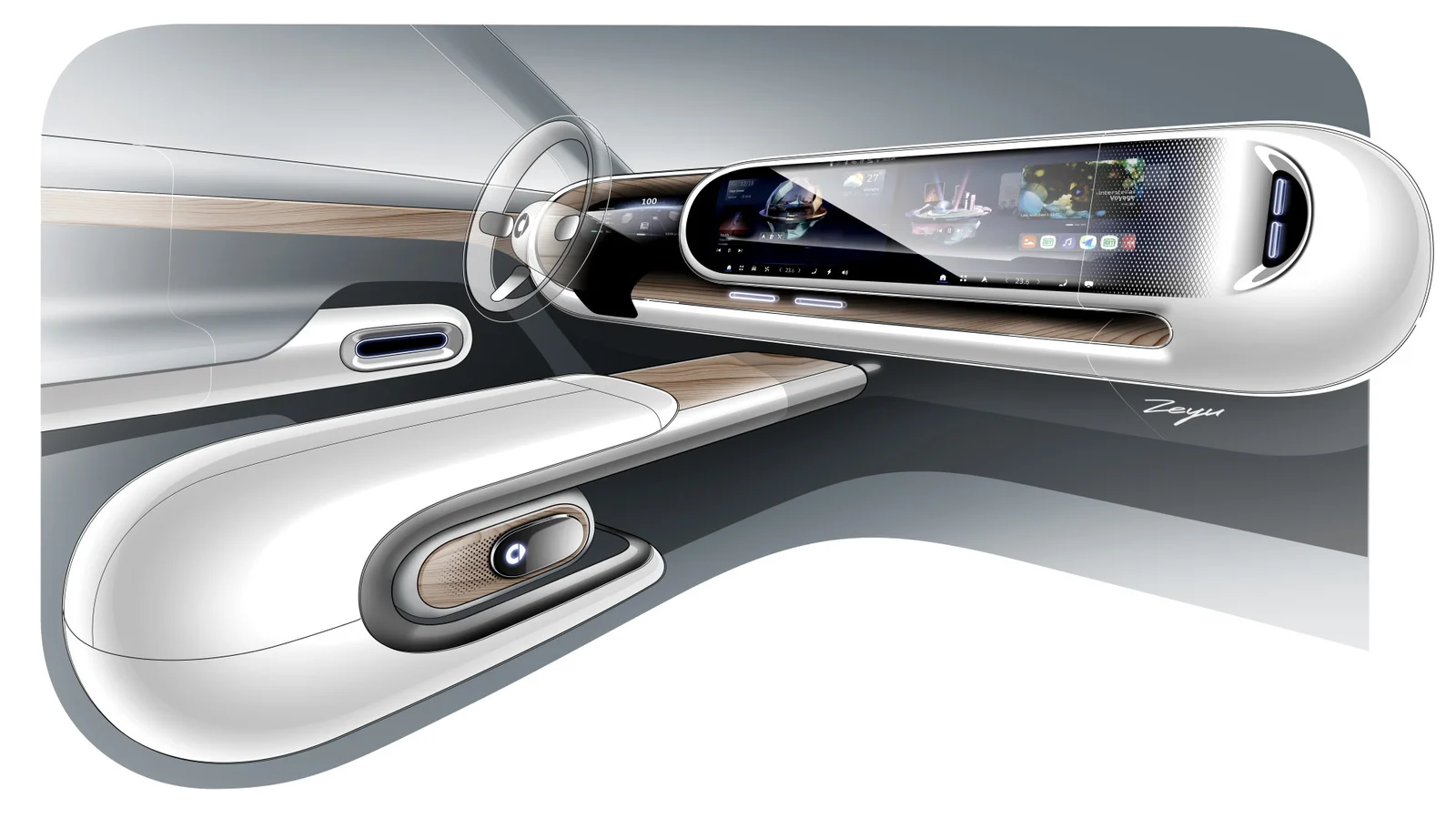
TM: How else did you honour the original ForTwo with these models?
KS: The biggest challenge is that if you woke up any customer who knows Smart at 2AM, and asked them ‘what’s smart?’, they’d tell you ‘it’s the ForTwo’. So doing #1 and #3, it was very hard to get people with fresh eyes, lots of data and scale models, to look and know which one is ‘Smart’ and why, and whether we captured the spirit. To be honest, that was a challenge, because we go so far away from the package rules and the main idea of a city car, but we had to keep the spirit of the Smart.
With the new #5 it’s almost a little bit easier, because people are getting used to the new range of Smart products now.
TM: Given the new range, across #1, #3 and the incoming #5, is all-electric, how do EVs differ from regular cars during the design process?
KS: It’s much easier. Imagine you do an SUV, with all of the crash regulations and the combustion engine and cooling package in the front. You are practising the same design principles, in a sense, but you are able to do it better with the electric platform.
It’s liberating, but mainly because I get rid of the ‘overhang’. The first thing that makes a Smart is the wheels in the corners which gives the car an amazing stance. That is now what we can achieve with an electric platform. We agreed we would make the wheelbase a little bit longer, but to do that on a body with combustion, it would be all new tools.
